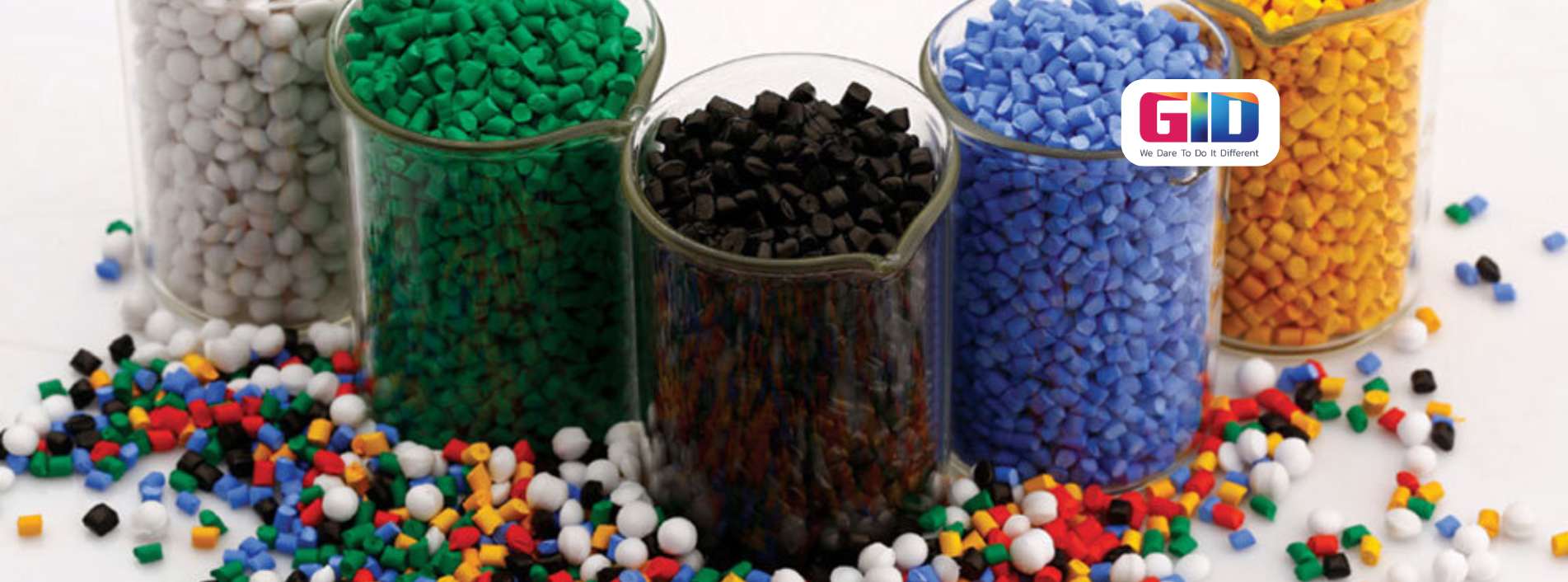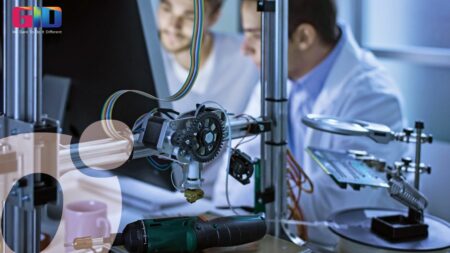Proven Methods for Manufacture Plastic Products
Plastic product manufacturing has revolutionized human life, making Manufacture plastic products ubiquitous in our daily lives. From mobile phones to water bottles, laptops to credit cards, plastic products are everywhere we look. Their durability, lightweight nature, and high resistance to wear, impact, and corrosion make them indispensable in a wide range of applications. But how exactly are these diverse products manufactured? The answer lies in understanding the various plastic product manufacturing processes, which are intricate and specialized to cater to the specific needs of different products.
These manufacturing processes include injection molding, blow molding, extrusion, and thermoforming, each tailored to produce distinct types of plastic items. For instance, injection molding is commonly used for creating intricate parts like bottle caps and containers, while blow molding is ideal for hollow items such as bottles. Extrusion is often used for making continuous shapes, like pipes and sheets, whereas thermoforming is suitable for producing larger, shallow items, like trays and packaging materials. By grasping these processes, businesses and consumers can appreciate the complexity and precision involved in plastic product manufacturing, further underscoring the vital role that Manufacture plastic products play in our modern world.
The plastic product manufacturing process varies depending on the type of product being developed. Here are the 5 most common manufacturing processes used in plastic product manufacturing:
Rotational Molding
Rotational molding is ideal for creating hollow plastic items. In this plastic product manufacturing process, finely ground plastic resin is heated in molds that rotate on two axes within large ovens. Centrifugal force distributes the molten plastic evenly along the mold’s walls, ensuring uniform thickness and preventing deformation. Products like fuel tanks, children’s play balls, and kayaks are commonly produced through rotational molding. This process offers flexibility in mold design and typically incurs lower costs compared to injection and blow molding in Manufacture Plastic Products.
Injection Molding
For thermoplastic or thermosetting plastics, injection molding is a preferred method in plastic product manufacturing. Molten plastic is injected at high pressure into a precisely designed mold. Once the plastic cools and solidifies, the mold is opened, and the product is ejected. This technique is widely used to produce items such as bottle caps, locomotive dashboards, and wire spools. Injection molding is favored for its ability to produce high volumes of consistent products with high tolerance and cost-effectiveness in plastic product manufacturing.
Blow Molding
Blow molding is used for creating hollow plastic parts and comes in three types: stretch blow molding, extrusion blow molding, and injection blow molding. During blow molding, plastic is heated and then blown into a mold to form the desired shape. This process is commonly used for bottles, plastic drums, and fuel tanks. While more affordable than injection molding, blow molding is limited to hollow forms and is generally more expensive than rotational molding in Manufacture Plastic Products.
Extrusion Molding
Extrusion molding involves forcing melted plastic through a die to produce items with a consistent cross-section. Common products like rain gutters, PVC pipes, and straws are made using this method. It is one of the more cost-effective Manufacture Plastic Products processes, particularly suited for continuous shapes.
Thermoforming
Thermoforming is a versatile Manufacture Plastic Products that involves heating and shaping temperature-sensitive plastic materials. It includes various techniques for both thin-gauge and thick-gauge thermoforming. Thin-gauge thermoforming is used for disposable items like cups and trays, while thick-gauge thermoforming is employed for more robust parts like refrigerator liners and vehicle panels. This plastic product manufacturing method accommodates a range of products across different industries.
Conclusion
Manufacture Plastic Products is a complex yet essential process that allows for the production of a wide range of durable, lightweight, and cost-effective products. Whether it’s rotational molding for hollow items, injection molding for precision parts, or extrusion molding for continuous shapes, each method plays a critical role in the industry. Understanding these techniques helps businesses choose the best manufacturing process for their specific needs.
If you’re looking for a reliable partner to manufacture plastic products, our team offers top-tier product development services in California, Florida, and surrounding areas. From concept development and product design to prototyping and production, we provide expert solutions tailored to your needs.
Request a Quote today. With years of experience, we offer the best product development services in California, Florida, and nearby areas. Experience the best concept development, product design, new product development, and product prototyping services.

















